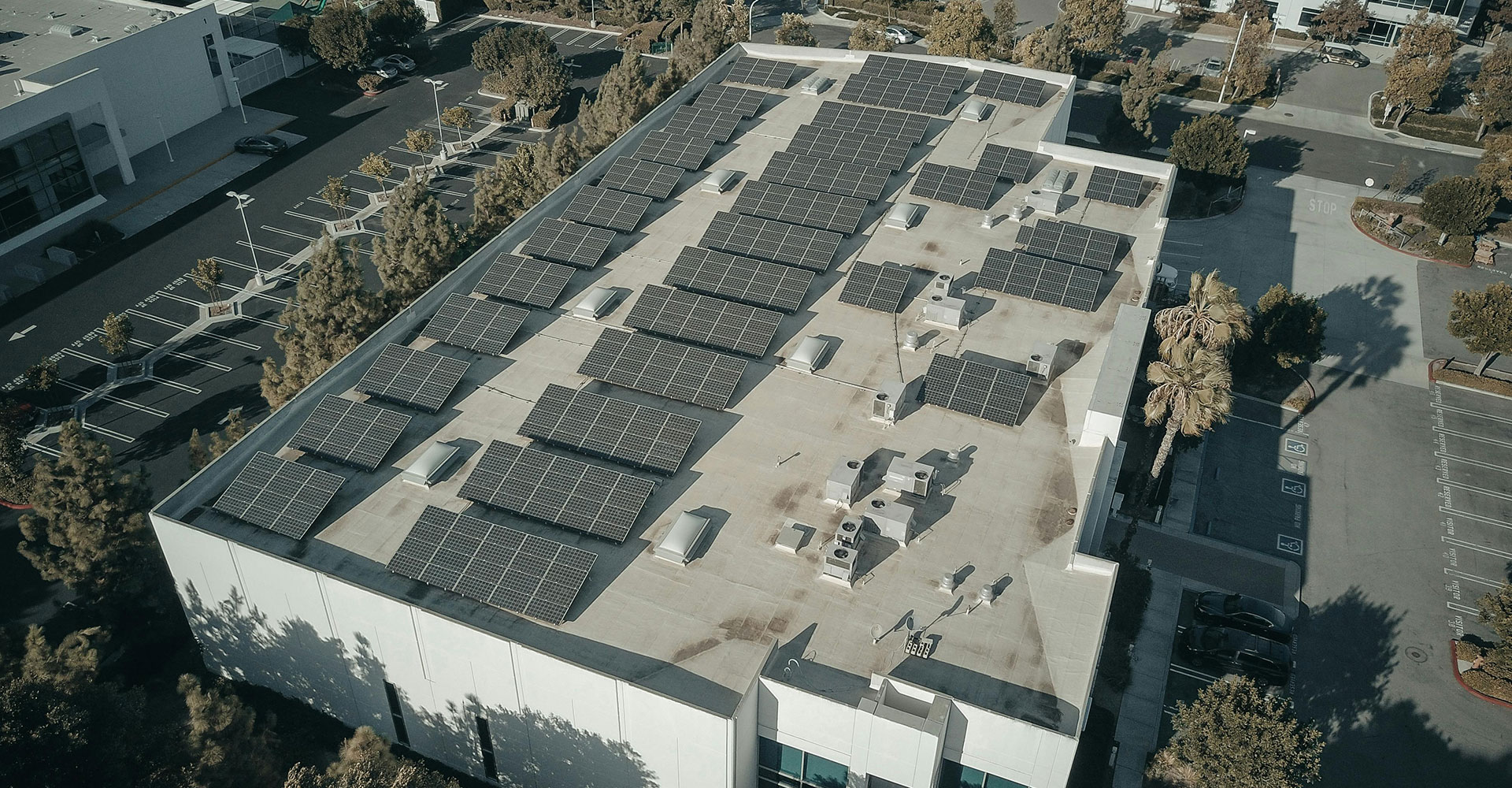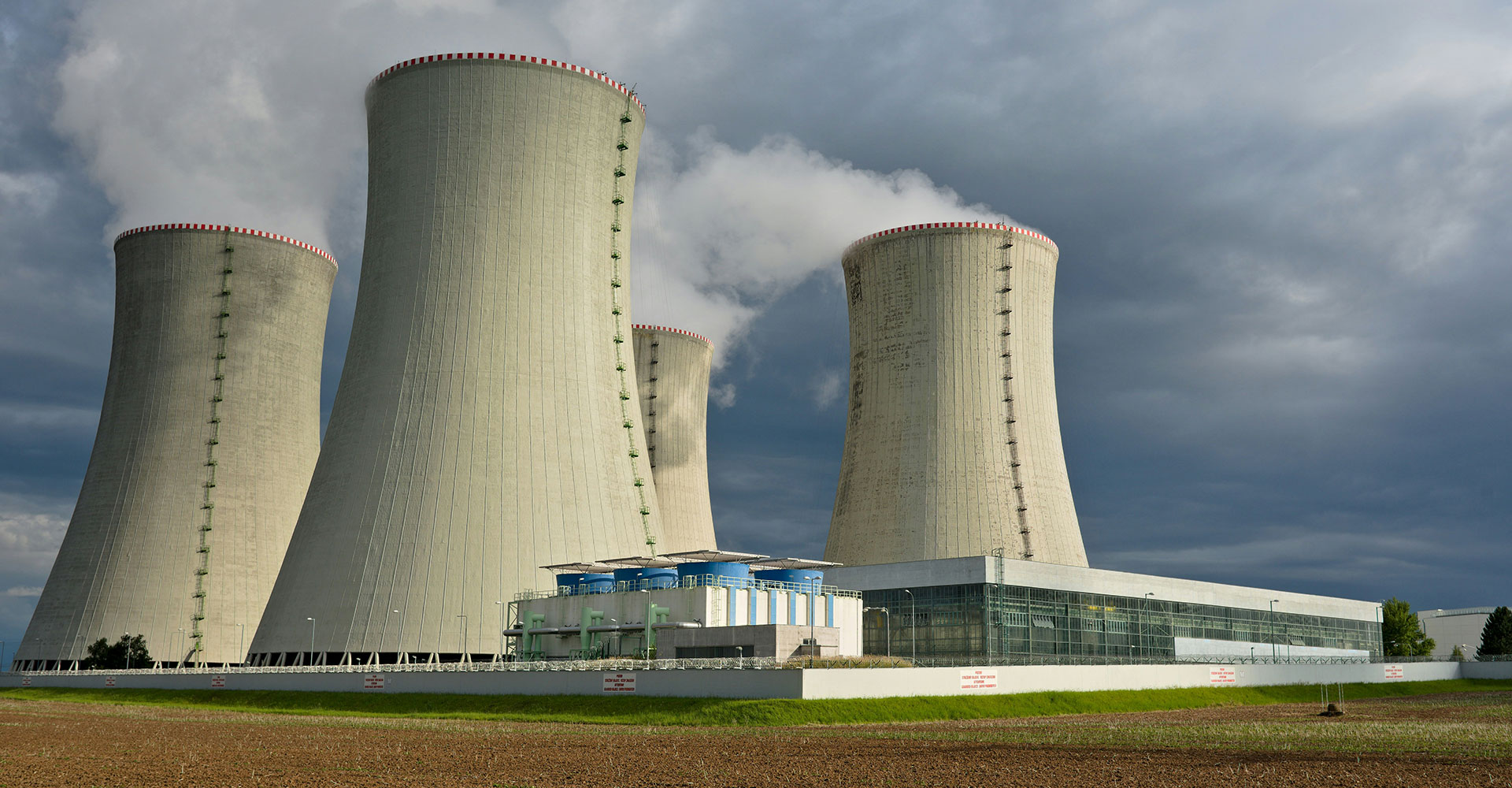Over two years ago, New Jersey Governor Phil Murphy signed an environmental justice bill into law. In addition to putting in checks and balances for awarding permits to eight specific pollution-generating industries, it empowers those living in vulnerable communities that are currently — or potentially — home to those facilities to have a say in the granting or renewal of those permits.
In April 2023, the state announced the complete adoption of these regulations, designed to “further the promise of environmental justice by prioritizing meaningful community engagement, reducing public health risks through the use of innovative pollution controls, and limiting adverse impacts that new pollution-generating facilities can have in already vulnerable communities,” said Governor Murphy.
What is environmental justice?
According to New Jersey, the state’s residents have a right to work, relax, live, and learn in a healthy, clean environment. “Environmental justice (EJ) requires fair treatment and meaningful involvement of all people regardless of race, color, national origin, or income, in the development, implementation and enforcement of environmental laws, regulations and policies.”
The state achieves this goal when everyone receives the same level of protection from health and environmental hazards — and is given equal access to decision-making (such as discussions about whether or not to grant permits) where they live, work, learn, and engage in recreational activities.
New Jersey’s low-income and minority communities — like Camden and Newark — have historically been affected by a disproportionately high number of public health and environmental stressors, including pollution from commercial, governmental, industrial, and mobile sources. The state’s overburdened communities (OBC) regularly lack necessary environmental benefits:
- High-quality, safe, green and open spaces.
- Plentiful tree canopies.
- Sufficient stormwater management.
How Environmentally-challenged Properties Will Benefit
Here’s a breakdown of the rules.
In addition to requiring industries, especially those with a higher likelihood of polluting the environment, such as refineries and agribusiness, must obtain permits and implement policies to mitigate risk in OBCs.
OBCs are defined by EJ law as “communities with a specific percentage of households qualifying as low-income (35+%), minority (40+%), or with limited English proficiency (40+%), as determined by local census blocks.”
According to the Department of Environmental Protection (DEP), neighborhoods with people of color and low-to-moderate income populations often house more polluting industries than whiter, more affluent — and sometimes neighboring — communities.
New development — and projects up for renewal — are subject to environmental impact analyses. Regulators may block new permits in OBCs if the impact is deemed too high or damaging. The state became the first in the country, in 2020, to require mandatory permit denials should an environmental justice analysis conclude that a new facility would levy a disproportionately high, negative impact on OBCs.
These new rules offer more robust protections for areas previously (and historically) excluded by the state. The new laws also don’t provide exceptions for industries or specific companies insisting their ability to boost local tax rolls outweighs potential or associated health risks.
The EJ Rules require applicants to:
- Prepare and share an environmental justice impact statement (EJIS).
- Hold a public hearing to engage with community members.
- Gather public comments, respond in writing, and submit those responses to NJDEP, which determines whether pollution from a proposed new facility would cause undue hardship on an OBC.
The EJ Rules also permit applicants to implement pollution control technology to minimize environmental impact and reduce public health stressors. Suppose a proposed new facility cannot guarantee avoiding a disproportionate impact. In that case, NJDEP may deny or limit the application and require the facility to comply with specific conditions set by NJDEP.
Existing facilities also have specific rules to follow, complying with additional permit conditions designed to reduce public health stressors and environmental impact. According to the EJ Rules, when an existing facility located in an OBC submits a permit renewal and cannot avoid a disproportionate impact, NJDEP shall “impose appropriate conditions…as necessary to avoid or minimize contributions to [or reduce] adverse environmental and public health stressors, or provide a net environmental benefit in the [OBC].”
NJDEP must consider the impact of the following eight facility types on environmental and public health when it reviews permit applications:
- Incinerators or resource recovery facilities
- Gas-fired power plants, cogeneration facilities, and other primary air pollution sources
- Landfills
- Medical waste incinerators (excluding those in hospitals and universities)
- Scrap metal facilities
- Sewage treatment plants with 50+ million gallon/day capacities
- Sludge processing facilities
- Solid waste facilities and transfer stations
The Environmental Justice Mapping, Assessment, and Protection Tool
Facilities located in OBCs that plan to apply for a permit can use the NJDEP’s EJ mapping, assessment, and protection tool to determine the effect of the facility’s operation on the community’s health.
The interactive mapping tool offers the most up-to-date census data pinpointing OBCs and adjacent block groups (ABG). The information includes block group-level data for each environmental or public health stressor.
Here’s the current breakdown of OBC and non-OBC totals (with ABGs included in the non-OBC totals) in the central and northern NJ counties. Based on this data, 85% (2,973 out of 3,496) of OBC block groups see “higher than” or adverse cumulative stressors. The “higher than” OBC block groups account for 58% of the land areas covering the groups.
- Bergen: 15 non-OBC 50th percentile (county) and 13 non-OBC 50th percentile (state)
- Essex: 14 non-OBC 50th percentile (county) and 13 non-OBC 50th percentile (state)
- Hudson: 17 non-OBC 50th percentile (county) and 13 non-OBC 50th percentile (state)
- Morris: 13 non-OBC 50th percentile (county) and 13 non-OBC 50th percentile (state)
- Union: 14 non-OBC 50th percentile (county) and 13 non-OBC 50th percentile (state)
- Mercer: 13 non-OBC 50th percentile (county) and 13 non-OBC 50th percentile (state)
- Middlesex: 14 non-OBC 50th percentile (county) and 13 non-OBC 50th percentile (state)
- Somerset: 11 non-OBC 50th percentile (county) and 13 non-OBC 50th percentile (state)
The EJ Rules’ ultimate goal is to protect every NJ citizen’s right to a healthy, pollution-free environment. The rules also give historically marginalized communities a voice — and a chance to be heard — in decisions affecting their communities’ environments. This law positions New Jersey as a leader in finding solutions to fight climate change.
Are you a commercial real estate investor or looking for a specific property to meet your company’s needs? We invite you to talk to the professionals at CREA United: an organization of CRE professionals from 92 firms representing all disciplines within the CRE industry, from brokers to subcontractors, financial services to security systems, interior designers to architects, movers to IT, and more.

